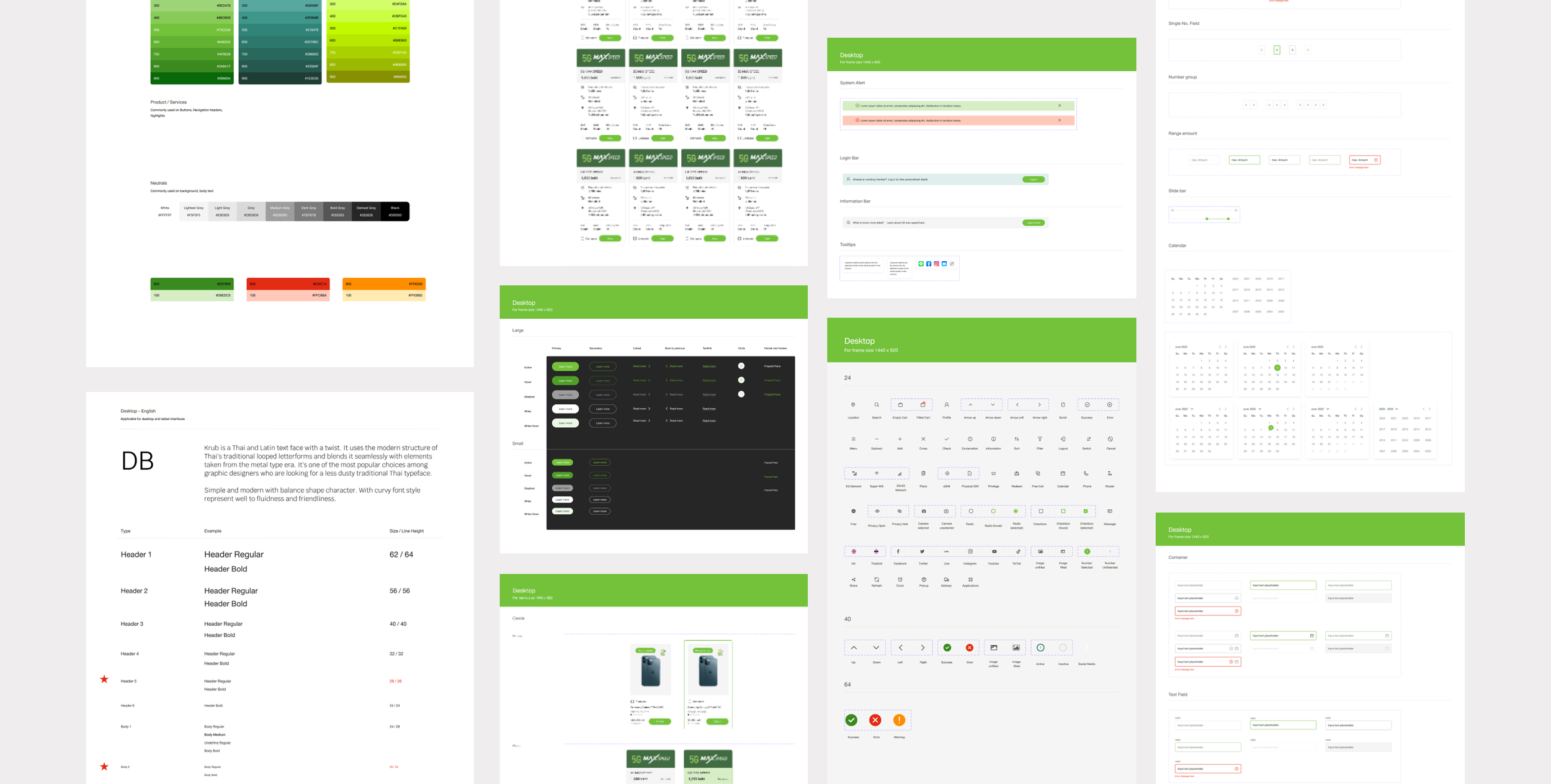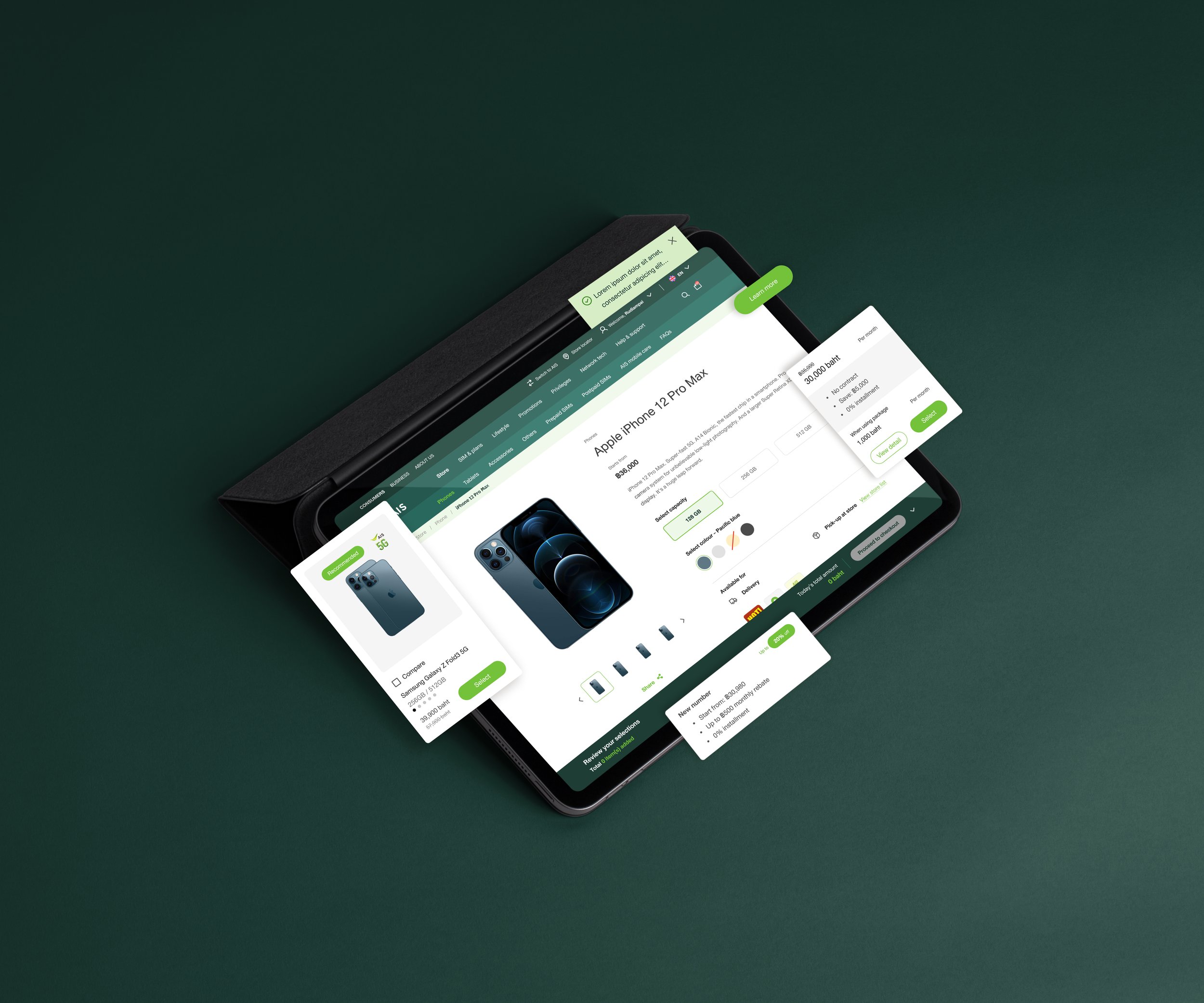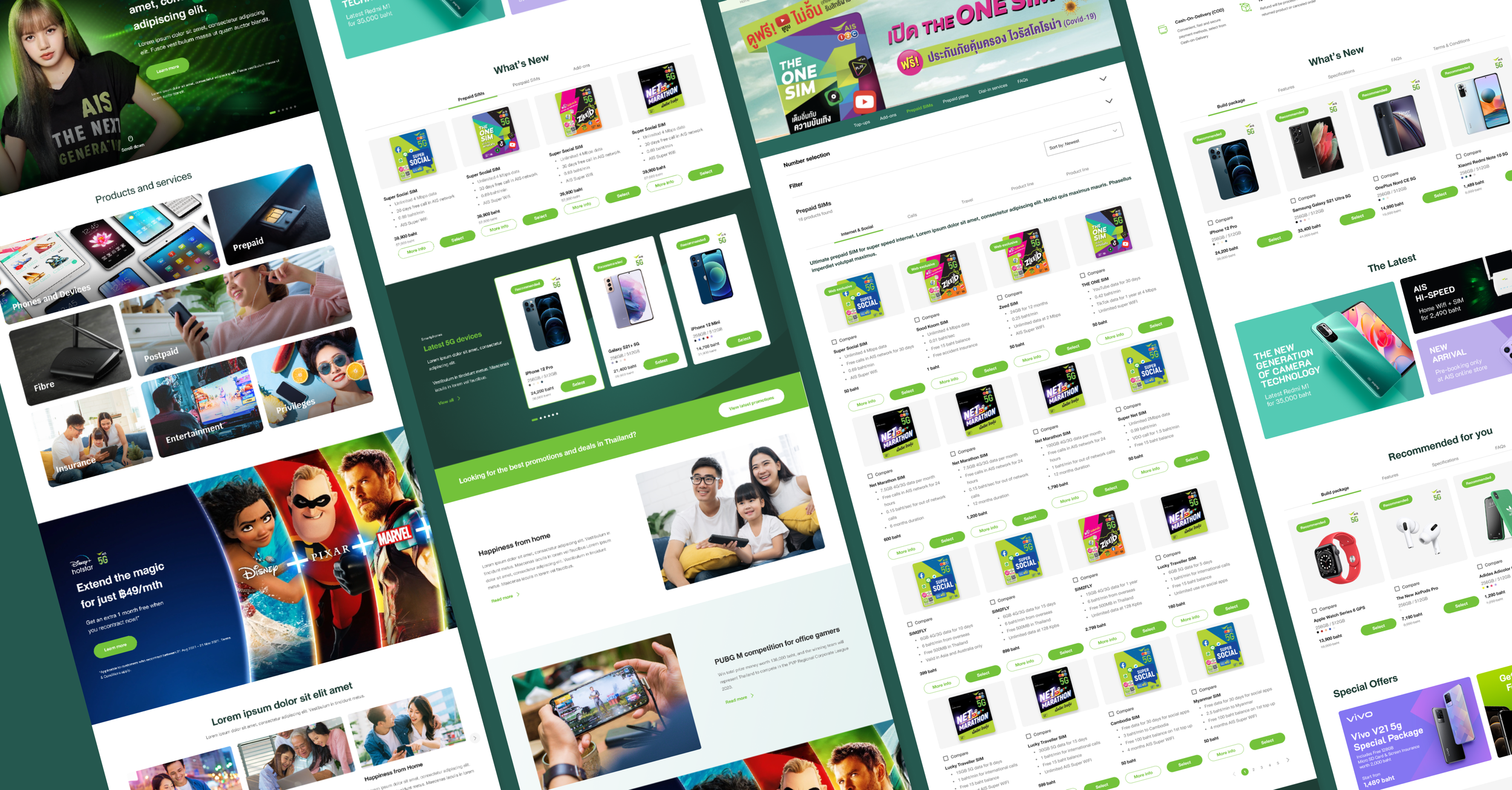Krungthai Bank
Designing a Future-Ready Corporate Banking Experience
Laying the Digital Foundation for Scalable Growth and Modern Enterprise Banking

Team
Design Leads, Visual Designers,
Interaction Designers, UX Researchers
Duration
Scope
Research, UX/UI Design,
Design System and Prototyping.
6 months
Client Collaboration
Bi-weekly workshops, collaborative design sprints and continuous user testing
The Opportunity
Krungthai Bank is one of Thailand’s largest state-owned financial institutions, serving millions of enterprise users, government agencies, and SMEs. Despite its scale and reputation, its corporate banking platform had become obsolete, both in terms of usability and technological relevance.
Clients depended on the platform for mission-critical operations such as payroll, tax payments, multi-role approvals and international transfers. Yet, the system was riddled with usability pain points, legacy workflows and fragmented user interfaces that had not evolved in over a decade.
Krungthai saw this as an opportunity not only to refresh the look and feel of the platform, but to strategically reposition their enterprise experience. The goal was clear: rebuild trust, drive digital adoption and set the foundation for a modern, mobile-first, future-ready enterprise banking ecosystem.
My Role
As the Visual Design Lead, I partner with a multidisciplinary team comprising UX Strategists, Business Analysts, Product Owners and developers to transform the entire digital experience.
I was responsible for
• Establishing the overarching Visual direction of the platform.
• Leading the design and governance of a scalable Design Language System (DLS)
• Crafting intuitive UI patterns to handle complex authority roles, bulk transactions and mobile parity.
• Collaborating closely with front-end developers to ensure faithful implementation.
• Defining a component request and change management process to future-proof the system.
This project spanned multiple touchpoints from enterprise dashboards and transaction modiles to role-based permission and mobile interactions, all designed for flexibility, clarity and scale.
Understanding the Problem
Krungthai’s legacy portal had become a digital bottleneck. The system was burdened with deeply nested flows, mismatched UI patterns and inconsistently designed modules built over years with no unified strategy.
Through stakeholder interviews and on-ground user observations, we uncover critical painpoints:
• Fragmented interfaces led to user confusion, especially for bulk transaction tasks like payroll processing across department.
• Role and permission management was convoluted, making it difficult for managers to grant or restrict access to features securely.
• The platform lacked mobile support, forcing senior users to delay approvals or escalate actions unnecessarily.
• UI components were reused without rules, leading to inconsistencies that increased the learning curve and cause errors.
• The absence of a cohesive design system slowed down development velocity and introduced styling conflicts across modules.
These issues weren’t isolated. They revealed a systemic gap between the bank’s digital ambitions and its actual execution. Enterprise users often dealing with time-sensitive and high-risk tasks as needed an experience that offered speed, trust and control.
Setting the Visual Direction
We mapped the existing digital ecosystem to uncover gaps, bottlenecks, and inconsistencies across the AIS customer journey.
Our Approach
Turning research into action across the full
digital journey
To deeply understand user behaviour, we conducted a multi-layered research process combining ethnographic studies, journey mapping, stakeholder interviews, and competitor benchmarking. These activities helped uncover over 200 usability issues and highlighted key friction points in discovery, comparison, and self-service flows.
Competitor Journey Audits
6
Customer and stakeholder interviews
10+
Usability issues identified via heuristic evaluation
200+
Designing the Experience From Portal to App
We defined holistic screenflows and design principles to unify the customer journey—visually and experientially.
The redesigned platform was envisioned to work seamlessly across desktop and mobile. This meant every key module from transaction creation to account overview had to adapt to varied usage context.
Building the Design Language System
Bringing the Brand to Life
Digital design rooted in trust, clarity, and future-readiness
To scale our work beyond a single redesign effort, I led the creation of a modular, expandable Design Language System that would serve as the single source of truth.
Our DLS include:
• UI component built for complexity, tables with filters, nested tabs, modals with summaries and status chips.
• Interaction models for bulk uploads, form validation, stepper flows and hover/tooltips.
• Role-specific templates to accommodate access control differences
• Responsive variants for every component to support mobile-first thinking.

A scalable and unified design system built to ensure visual consistency, accessibility, and efficient UI development across AIS’s digital platforms.

We designed a mobile-first experience that empowers users to explore, compare, and purchase with confidence.

The results
The newly launched omnichannel platform created meaningful improvements in both customer engagement and business efficiency:
Improved customer satisfaction scores (NPS) across digital touchpoints
A scalable foundation for future AIS product and service rollouts
A seamless experience built for scale and satisfaction
reduction in purchase
journey drop-off
30%
Accelerated design velocity across 3 platform using reusable DLS
40%
+45% in completed purchases, a 38% drop in checkout drop-offs, and 60% more customers using self-service. The results spoke louder than the pixels.

Moving Forward
Leading the next wave of
telco transformation
Through close collaboration and shared vision, AIS and Accenture transformed a fragmented telco experience into a unified, customer-first platform.
This project sets the foundation for AIS’s continued digital evolution
—one built on empathy, clarity, and scale.


